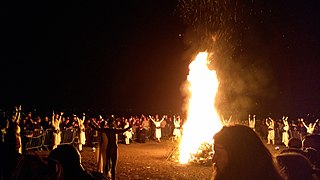
Bealtaine is the Gaelic May Day festival. Most commonly it is held on 1 May, or about halfway between the spring equinox and summer solstice. Historically, it was widely observed throughout Ireland, Scotland, and the Isle of Man. In Irish the name for the festival day is Lá Bealtaine, in Scottish Gaelic Latha Bealltainn and in Manx Gaelic Laa Boaltinn/Boaldyn. It is one of the four Gaelic seasonal festivals—along with Samhain, Imbolc and Lughnasadh—and is similar to the Welsh Calan Mai.

Edinburgh is the capital city of Scotland and one of its 32 council areas. Historically part of the county of Midlothian, it is located in Lothian on the southern shore of the Firth of Forth. Edinburgh is Scotland's second-most populous city and the seventh-most populous city in the United Kingdom.
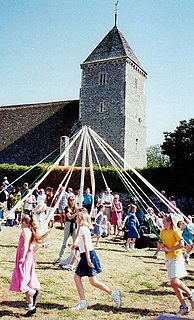
May Day is a public holiday, in some regions, usually celebrated on 1 May or the first Monday of May. It is an ancient festival marking the first day of summer, and a current traditional spring holiday in many European cultures. Dances, singing, and cake are usually part of the festivities.
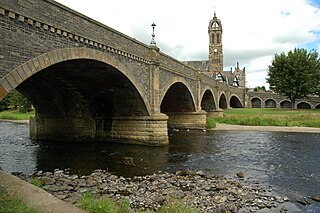
Peebles is a town in the Scottish Borders, Scotland. It was historically a royal burgh and the county town of Peeblesshire. According to the 2011 census, the population was 8,376 and the estimated population in June 2018 was 9,000.
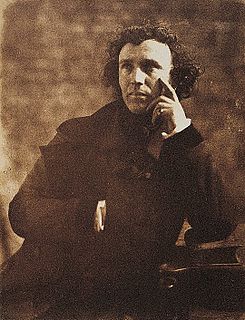
Sir John Robert Steell was a Scottish sculptor. He modelled many of the leading figures of Scottish history and culture, and is best known for a number of sculptures displayed in Edinburgh, including the statue of Sir Walter Scott at the base of the Scott Monument.
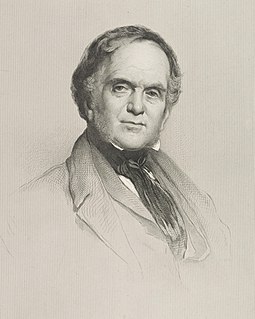
William Henry PlayfairFRSE was a prominent Scottish architect in the 19th century, who designed the Eastern, or Third, New Town and many of Edinburgh's neoclassical landmarks.

The Nelson Monument is a commemorative tower in honour of Vice Admiral Horatio Nelson, located in Edinburgh, Scotland. It is situated on top of Calton Hill, and provides a dramatic termination to the vista along Princes Street from the west. The monument was built between 1807 and 1816 to commemorate Nelson's victory over the French and Spanish fleets at the Battle of Trafalgar in 1805, and his own death at the same battle. In 1852 a mechanized time ball was added, as a time signal to shipping in Leith harbour. The time ball is synchronized with the One O'Clock Gun firing from Edinburgh Castle. The monument was restored in 2009.

Thomas Hamilton was a Scottish architect, based in Edinburgh where he designed many of that city's prominent buildings. Born in Glasgow, his works include: the Burns Monument in Alloway; the Royal High School on the south side of Calton Hill ; the Royal College of Physicians of Edinburgh; the George IV Bridge, which spans the Cowgate; the Dean Orphan Hospital, now the Dean Gallery; the New North Road Free Church, now the Bedlam Theatre; Cumstoun, a private house in Dumfries and Galloway; and the Scottish Political Martyrs' Monument in Old Calton Cemetery, Edinburgh.

The National Monument of Scotland, on Calton Hill in Edinburgh, is Scotland's national memorial to the Scottish soldiers and sailors who died fighting in the Napoleonic Wars. It was intended, according to the inscription, to be "A Memorial of the Past and Incentive to the Future Heroism of the Men of Scotland".

Calton Hill is a hill in central Edinburgh, Scotland, situated beyond the east end of Princes Street and included in the city's UNESCO World Heritage Site. Views of, and from, the hill are often used in photographs and paintings of the city.
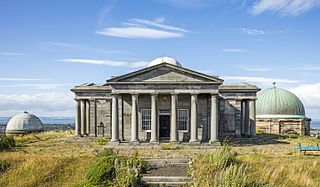
The City Observatory was an astronomical observatory on Calton Hill in Edinburgh, Scotland. It is also known as the Calton Hill Observatory.

This article is a timeline of the history of Edinburgh, Scotland, up to the present day. It traces its rise from an early hill fort and later royal residence to the bustling city and capital of Scotland that it is today.
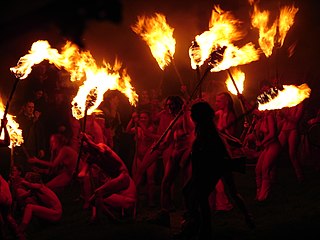
Beltane Fire Festival is an annual participatory arts event and ritual drama, held on 30 April on Calton Hill in Edinburgh.

The Dugald Stewart Monument is a memorial to the Scottish philosopher Dugald Stewart (1753–1828). It is situated on Calton Hill overlooking the city of Edinburgh and was designed by Scottish architect William Henry Playfair. It was completed in September 1831.

Regent Bridge is a road bridge in Edinburgh, Scotland, where the A1 road enters the New Town from the east and passes over a hollow near Calton Hill. The bridge was built in the 19th century, in the neoclassical style as the medieval city was modernised and expanded to the north and east.
Henry ("Harry") Harvey Wood FRSE OBE (1903–1977) was a Scottish literary and artistic figure best known as a founder of the Edinburgh International Festival.

The Old Calton Burial Ground is a cemetery in Edinburgh, Scotland. It located at Calton Hill to the north-east of the city centre. The burial ground was opened in 1718, and is the resting place of several notable Scots, including philosopher David Hume, scientist John Playfair, rival publishers William Blackwood and Archibald Constable, and clergyman Dr Robert Candlish. It is also the site of the Political Martyrs' Monument, an obelisk erected to the memory of a number of political reformers, and Scotland's American Civil War Memorial.
Events from the year 1718 in Scotland.

The Astronomical Society of Edinburgh (ASE) is an association of amateur astronomers and other individuals interested in astronomy, which is based in Edinburgh, Scotland. The objectives are to encourage astronomical study and observation and to increase popular interest in astronomy.




















